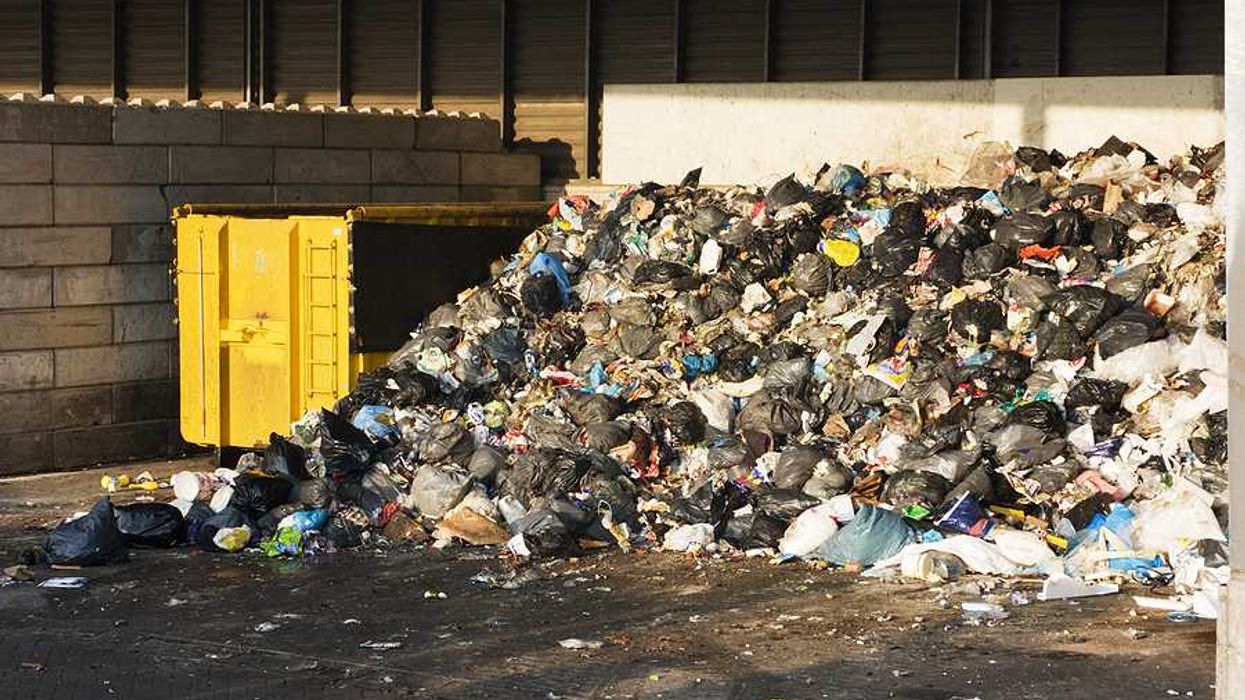A flaring event at Shell’s massive ethane cracker in Beaver County lit up the sky for days, prompting health complaints and community concern over transparency and safety.
Kiley Bense reports for Inside Climate News.
In short:
- On April 25, Shell’s Pennsylvania plastics plant initiated flaring that continued for several days, causing bright light, noise, and odors that disturbed residents across multiple townships.
- The Pennsylvania Department of Environmental Protection (DEP) issued a notice of violation tied to the flaring, citing cumulative emissions and visible air pollution; Shell attributed the incident to a maintenance-related safety event.
- Residents criticized Shell and DEP for limited and delayed communication, while some reported health symptoms and air monitoring showed elevated levels of volatile organic compounds for most of April.
Key quote:
“I opened my back door and it was like a zombie apocalypse had hit the Earth.”
— Hilary Starcher-O’Toole, executive director of the Beaver County Marcellus Awareness Community
Why this matters:
The Shell ethane cracker plant in Beaver County represents the vanguard of a new wave of petrochemical development in the U.S., promising jobs but bringing with it serious questions about public health and environmental safety. Flaring — used to burn off excess gases — emits a mix of pollutants, including nitrogen oxides, sulfur oxides, carbon monoxide, and volatile organic compounds like benzene, a known carcinogen. The long, bright nights, strange odors, and reports of respiratory issues in places like Aliquippa and Beaver Falls raise broader concerns about how well environmental regulations are enforced, especially when polluters communicate mainly via social media. As Shell moves toward full-scale operations, the balance between economic gain and public health becomes more precarious, especially in places that already bear the burden of industrial pollution.
Related EHN coverage:














